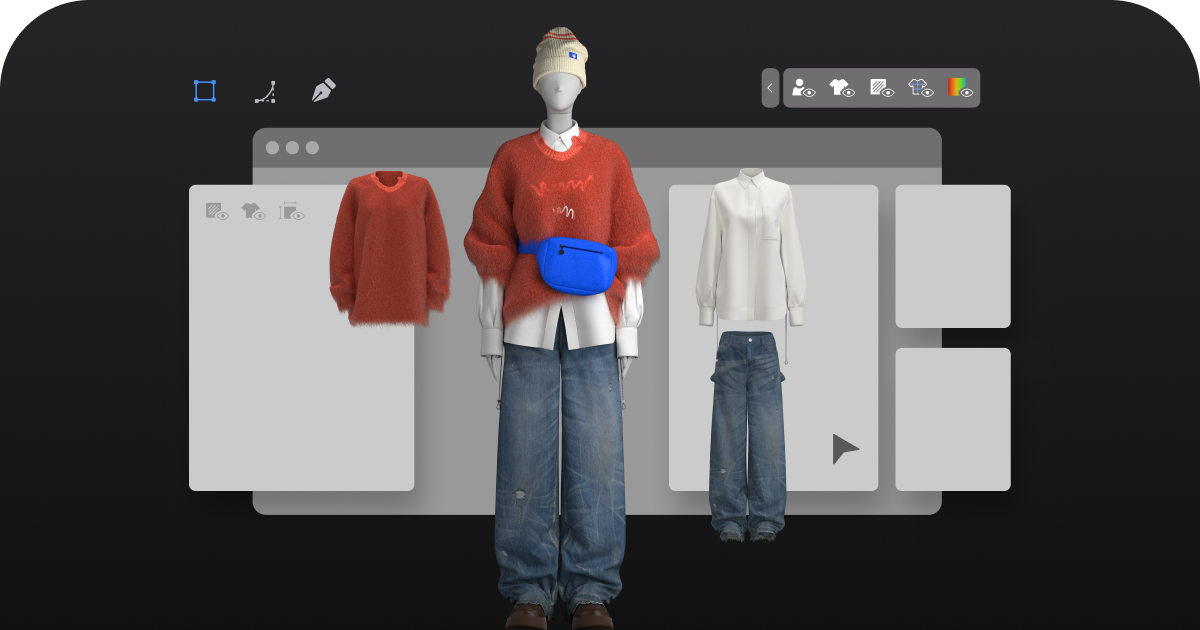
。
# Fashion Design Software: Revolutionizing the Creative Process
## The Rise of Digital Tools in Fashion
Fashion design software has transformed the way designers conceptualize, create, and bring their visions to life. Gone are the days when every sketch had to be painstakingly drawn by hand – today’s digital tools offer unprecedented flexibility and efficiency in the design process.
## Key Features of Modern Fashion Design Software
Contemporary fashion design programs come packed with features that streamline the creative workflow:
- 3D garment simulation and draping
- Pattern-making tools with precise measurements
- Virtual fabric libraries with realistic textures
- Color palette generators and trend forecasting integration
- Collaboration features for team projects
Benefits for Designers and Brands
The adoption of specialized software brings numerous advantages to fashion professionals:
Increased Efficiency
Digital tools allow for rapid prototyping and iteration, significantly reducing the time from concept to final product.
Keyword: fashion software
Sustainability Improvements
Virtual sampling reduces fabric waste by up to 50%, making the design process more environmentally friendly.
Cost Reduction
By minimizing physical samples and enabling remote collaboration, companies can achieve substantial cost savings.
## Popular Software Options in the Industry
The market offers various solutions catering to different needs and budgets:
| Software | Best For | Key Feature |
|---|---|---|
| CLO 3D | 3D Garment Simulation | Realistic fabric behavior |
| Browzwear | Technical Design | Advanced pattern-making |
| Adobe Illustrator | Fashion Sketching | Vector-based precision |
## The Future of Fashion Technology
Emerging Trends in Design Software
As technology advances, we’re seeing exciting developments that will further revolutionize fashion design:
- AI-powered design assistants that suggest styles based on trends
- VR/AR integration for immersive design experiences
- Blockchain technology for supply chain transparency
- Machine learning for predictive trend analysis
Fashion design software continues to evolve, breaking down barriers between creativity and production. These tools not only enhance designers’ capabilities but also make the industry more accessible, sustainable, and innovative than ever before.